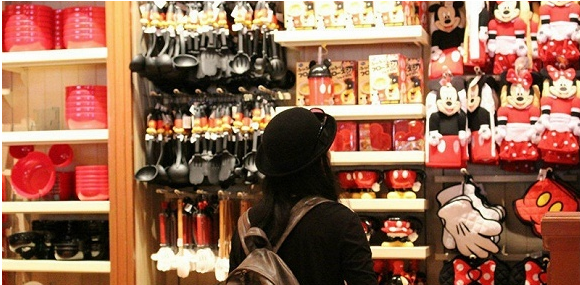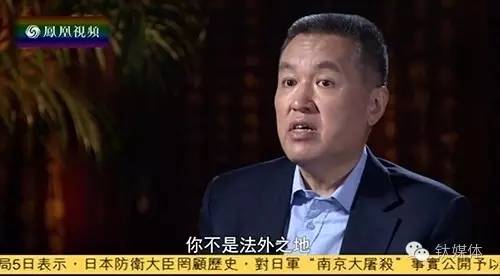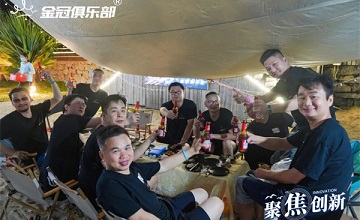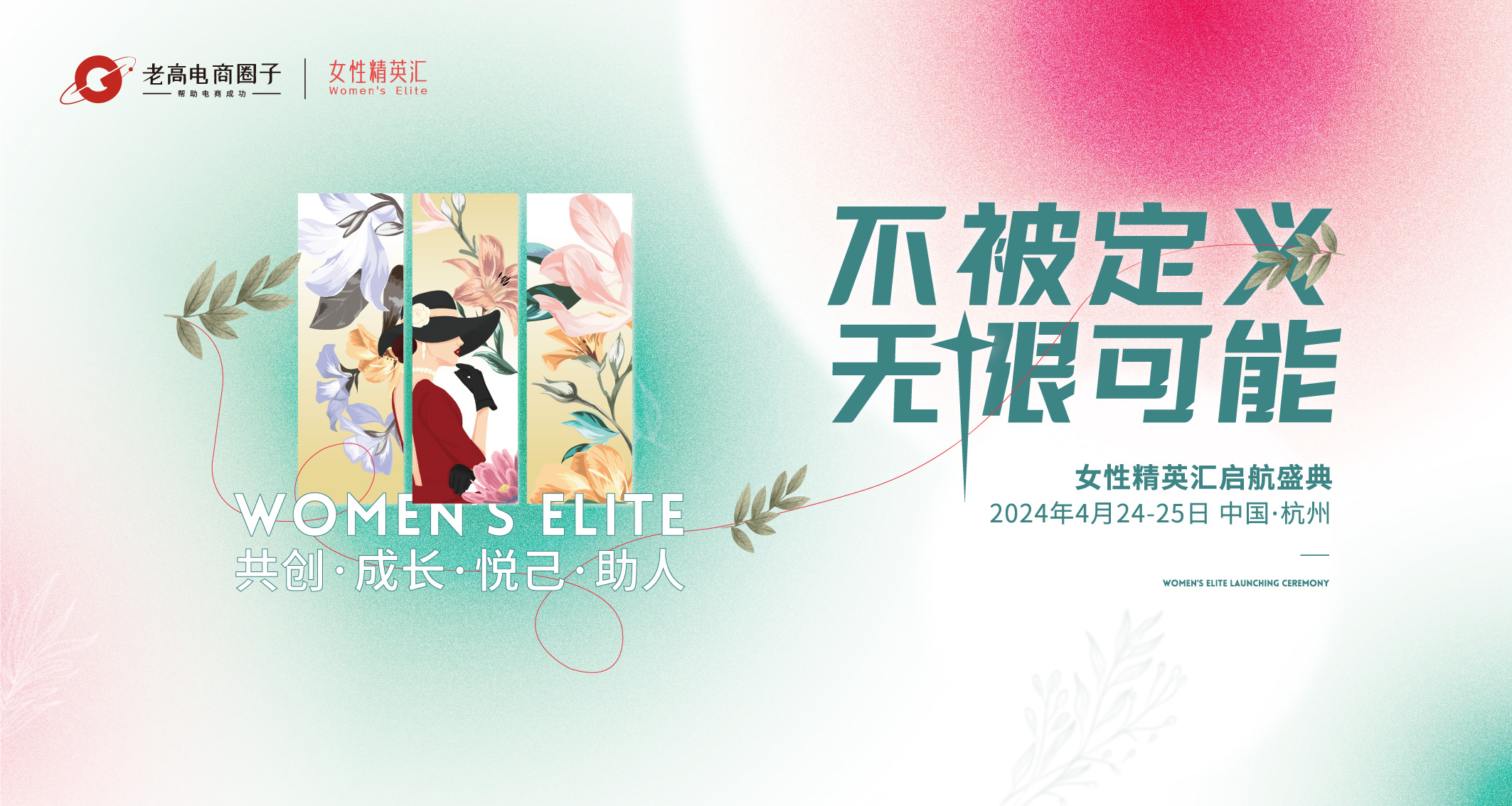"Group buying" may be the most fashionable term in the e-commerce industry at present. While online retail platforms such as Pinduoduo are vigorously exploring the WeChat traffic entrance, some startups are trying to bring "group buying" offline, hoping to use this sales model to activate a broader physical retail market.
The idea of bringing offline customers online is not new. As early as a few years ago, the online retail solution service provider "Youzan" began to try this. Although Youzan's most well-known case is the social e-commerce "Luoji Siwei", in fact, offline physical stores are also an important source of customers for them.

Some media reported that by the end of 2016, 70% of Youzan's cooperative merchants came from offline stores. Many brands even directly "moved" chain stores across the country to Youxie. Sun Liang, the head of Xianfeng Fruit E-commerce, once said that Xianfeng has brought more than 800 offline store members online through Youzan, providing an integrated online and offline shopping experience.
In 2016, Youzan released the "multi-person group buying" model. Unexpectedly, this fission-style group buying activity greatly stimulated the enthusiasm of consumers, and also accelerated the speed of online and offline integration. The performance of many stores has increased significantly.
After using this model, Baiguoyuan's 2,900 stores in 43 cities across the country went online, exceeding 10 million sales in the month, with a monthly growth of 50%. On the day of the first group in Guangzhou, the cherries exceeded 10,000, and the conversion rate of single products exceeded 43%.
Founder Bai Ya once said in an interview with the media, "What we do is two things. The first thing is to help small and medium-sized retailers open stores online; the second thing is to use old customer management and fan management in the mobile community, how to turn customers into fans, how to maintain these fans, do fan marketing, and let fans bring new fans."
For entrepreneurs who are now trying to use group buying to leverage the entire physical retail industry, they essentially have not escaped the two points that Bai Ya said - to acquire users from offline to divert traffic; to maintain old fans and attract new ones. However, practice is always more complicated than planning. Before starting companies enjoy the fruits of social fission, they must first deal with a series of problems such as the potential risks of being banned by WeChat and touching other corporate interests.
Turn customers into sales
Shuangpin was founded in April last year and is headquartered in Hangzhou. At this stage, it is vigorously expanding offline merchants. Their approach is to provide free group buying SAAS system to offline merchants, and merchants only need to place a coupon QR code in the store as required. After the customer has selected the product, scan the code to enter the store’s online mall, select the items he consumes and pay directly online. After the purchase is successful, a sharing link will be generated to encourage customers to share on their WeChat.
"The logic of online traffic is actually to capture this group of customers who originally came from offline stores." said Xiaoyao, co-founder of Shuangpin.
Offline stores will have customers flowing to the store every day, which is a natural traffic entrance. The group buying model brings this part of offline traffic online and attracts new customers from the online. The customer base of physical stores is often limited by factors such as store location selection and relatively fixed, and online group buying seems to be possible to break this limitation.
This customer acquisition model that brings customers to customers is called "old to bring new" in the industry.
In the standard "old brings new" process, customers who come to the store to consume and make group opening actions are called "old customers", and customers who enter the store to verify the cancellation through the old customers' sharing link are called "new customers". Merchants can set the number of people and rules for group buying in the system. For example, an old customer bought a product for 300 yuan and shared the link to WeChat; a new customer used this link to shop for consumption, and he could reduce 20 yuan on the original price, and the old customer could also receive a commission of 20 yuan, which means that both of them purchased this product at a price of 280 yuan. If the new customer shares the link and brings the third customer, the price of the third customer spending in the store will be reduced to 260 yuan, and the first two old customers will each receive a commission of 20 yuan, and so on.
Simply put, this model is to convert customers into sales, let them help the store to promote, and then return the promotion costs saved by merchants to customers in the form of discounts. There is no intermediate channel to make the difference, and both parties are happy.
"Old brings new" seems to give full play to the advantages of social network decentralization, but from another perspective, the distance to "distribution" is also closer. WeChat has explicitly banned multi-level distribution since 2016. Is there a risk of group buying a group being banned?
In fact, there have been such precedents. At the beginning of last year, the WeChat official account of the startup e-commerce brand "SOIREE Little Black Dress" was blocked. The model of Sherui is as follows: every consumer will get an exclusive QR code after purchasing a product from a black skirt. Whenever other customers scan the QR code to purchase the product, the owner of the QR code can get a corresponding proportion of cashback; and, scanning the QR code for the QR code owner's second-degree connections and third-degree connections can also bring benefits to the introducer. The project was once popular in the circle of friends. At its peak, it claimed to have 7 million followers, but was eventually judged by WeChat as a third-level distribution and was completely banned.
When the reporter asked this question, the entrepreneurs all said that this was acquaintances based on personal wishes, which was different from the micro-business-oriented customer-oriented approach. But the final judgment is still in the hands of WeChat.
Low prices are the best
How to attract customers to buy a group? At present, the most effective method is the old method that Pinduoduo has repeatedly verified: low price.
Fangtang Notes is a merchant in Hangzhou that uses group buying fun. It used group buying for the first time at the end of 2017, and tried to do it again in early 2018. Finally, it concluded that group buying is an effective means to attract traffic. "This year, our 500 offline chain stores will do this." Olive, co-founder of Fungus, told reporters.
In the latest group buying, 300 small cakes of 29.8 yuan were sold out in less than 10 minutes.
Under normal circumstances, the average customer price of fondant notes is actually slightly higher than similar brands on the market. Will the customer base brought by low-priced group buying conflict with the high-end group they are positioned?
Olive believes that low prices can bring enough traffic to the store, which is exactly what Fangtang Notes currently need: let users know the product. "Of course of the 100 people brought by the group buying, even if only a few of them are our precise customers, it is worth doing."
"Many of our old customers consume cakes worth 198 yuan in the first year, but the consumption level will rise year by year. We will buy cakes worth 800 yuan or 1,000 yuan because we have developed such a consumption habit." She said, "It's like catching fish in the sea. There are enough fish in the net so that I can choose what I want."
On the other hand, group buying items are also driving the sale of other products in the store.
Xianfeng Fruit received more than 20,000 orders to be picked up by the store during a winter date group buying activity. The clerk told reporters that 6-7 of every 10 customers who come to the store to collect group-buying fruits will make other purchases.
Another fruit store in Chongqing, "Guolin", used Youzan's group buying function when the new store opened, which opened a group online and picked up offline. Many customers also purchased other fruits when they went to the store to collect the ordered products. Three days after opening, Guolin's sales exceeded 600,000.
"In three months, we have expanded more than 40,000 merchants." The head of a group buying company told reporters.
Whose cheese was moved by the group buying?
Compared with the popular group buying in previous years, the only difference between group buying is that it relies on WeChat rather than the website. In fact, it is the business of local life service providers such as Meituan Dianping.
A merchant who worked on group buying and Meituan at the same time did some calculations for the reporter: the first thing to do when entering Meituan is to pay a settlement fee, ranging from 3,800 yuan to 6,800 yuan; every order sold in Meituan must be divided into Meituan, and the share ratio varies according to different industries, with a minimum of 8 points and a maximum of 25 points; in addition, an annual fee must be paid annually, with an annual fee of up to 9,800 yuan in Hangzhou. The group buying company he currently works with only charges a 6% handling fee, which is much cheaper. In addition, the payment for the transaction on Meituan will take about ten to fifteen days to arrive, but the group buying platform can be almost instantly available at this stage.
In this way, the group buying platform undoubtedly greatly reduces the marketing costs of merchants. The cost of obtaining a new customer was about 200 yuan, but after using the group buying, the cost can be reduced to one-quarter, which is 50 yuan. "The group buying system itself has no traffic, and it depends on our store customers to bring in the traffic, so the threshold it sets for merchants is relatively low, such as only charging a handling fee. When we choose a platform, we don't care whether the platform is big or small. The key is whether the game rules of the platform are suitable for me, and if it is suitable, it's fine." said olive.
Start-up group buying companies not only use preferential prices to attract stores, but also are more generous to agents.
"We recruit agents by region, and the model is similar to the current takeaway platform, but we will give you relatively large concessions. Every transaction fee I charge will be given to them, and we will also help them operate, so that the agents will work harder to help us expand customers." A group buying entrepreneur told Interface reporter.
Another company directly benchmarked the takeaway giant: "Ele.me gives agents 1.2%, Meituan gives agents 2%, and we can get 3%. "The founder of the company also said that the agents in Jiangsu, Zhejiang and Shanghai are now full, "our agent location is very fast, and we won't sell them now."
Mainstream local life platforms such as Xinmeida have become highly popular and competition is fierce. Some people believe that the traffic on these platforms has been divided up by leading merchants, and it is difficult for new merchants or smaller merchants to make a comeback. The group buying market is relatively new, with few competitors, making it easier to open up the situation.
It now seems that the group buying model has not poses enough threat to traditional group buying websites. Even merchants like Olive who are brave enough to try new models dare not give up on New Meida. They would rather go through multiple channels in parallel; agents often wait and see the prospects of the platform first and then make plans for the next step. However, if group buying services are continuously optimized and the ability to obtain traffic is continuously improved, this situation may change in the future.
Next Pinduoduo?
Most group buying companies are still exploring and moving forward.
Xiaoyao told reporters that they pushed down all the previous products at the beginning of this year and redeveloped them. The reason was that some functions were not perfect, and the systems required for offline physical stores were more complicated than expected. "For example, the Yongqi chain store we talked about in Hangzhou. They have 53 chain stores, and the prices of each store are different. Maybe the washing, cutting and blowing of this store is 30 yuan, and the washing, cutting and blowing of that store is 35 yuan. Our system must also keep up."
Youzan has encountered similar situations. For example, merchants such as nail salons and hair salons often have complex membership card systems. These seemingly simple operations at the front desk require Youzan to solve many problems such as order streaming and transaction concurrency in the back desk.
The problem is not just at the technical level.
Some merchants complained that every time they do a group buying activity, they mobilized all employees to throw links to their Moments and WeChat groups, and they had to bombard the WeChat channel for more than a hundred times a day. Not only did they have to work hard, but the effect was also very unstable.
In addition, the group buying platforms on the market are now seriously homogenized and have not formed their own competitive barriers. Almost any company that makes SAAS systems for physical stores can enter the group buying field at any time. For example, 2D hot, their offline merchants have accumulated certain resources. Once they launch the group buying function, how should other companies handle it?
A very interesting phenomenon is that these entrepreneurs who are engaged in group buying finally want to build the company into the "next Pinduoduo".
"My goal is very simple. First, I will focus on the foundation from offline merchants, and then do the online part of Pinduoduo. Merchants are our core resource. If I have two million merchants today and then use them to use Shuangpin, it will be easy for me to do online. Once the online traffic is made, based on the traffic of the original old customers, it will gradually become like Pinduoduo, and any traffic that 200 million people are purchasing can be completed." Xiaoyao said.
Wu Weilong, founder of Pintuanqu, also said, "Our focus is to divide it into two stages. The first stage is a large amount of to B logic, and the second stage is a large amount of to C."
Whether it is a startup company that is now struggling to explore or a giant that has become a group buying field, Pinduoduo has not yet fully built the entire ecosystem. Crisis and hope may coexist, and may be the keywords of this newborn field for a long time to come.




![#Laogao E-commerce Newsletter# [June 27 E-commerce Morning Newsletter]](/update/1687848817l193886197.jpg)


 EN
EN CN
CN
